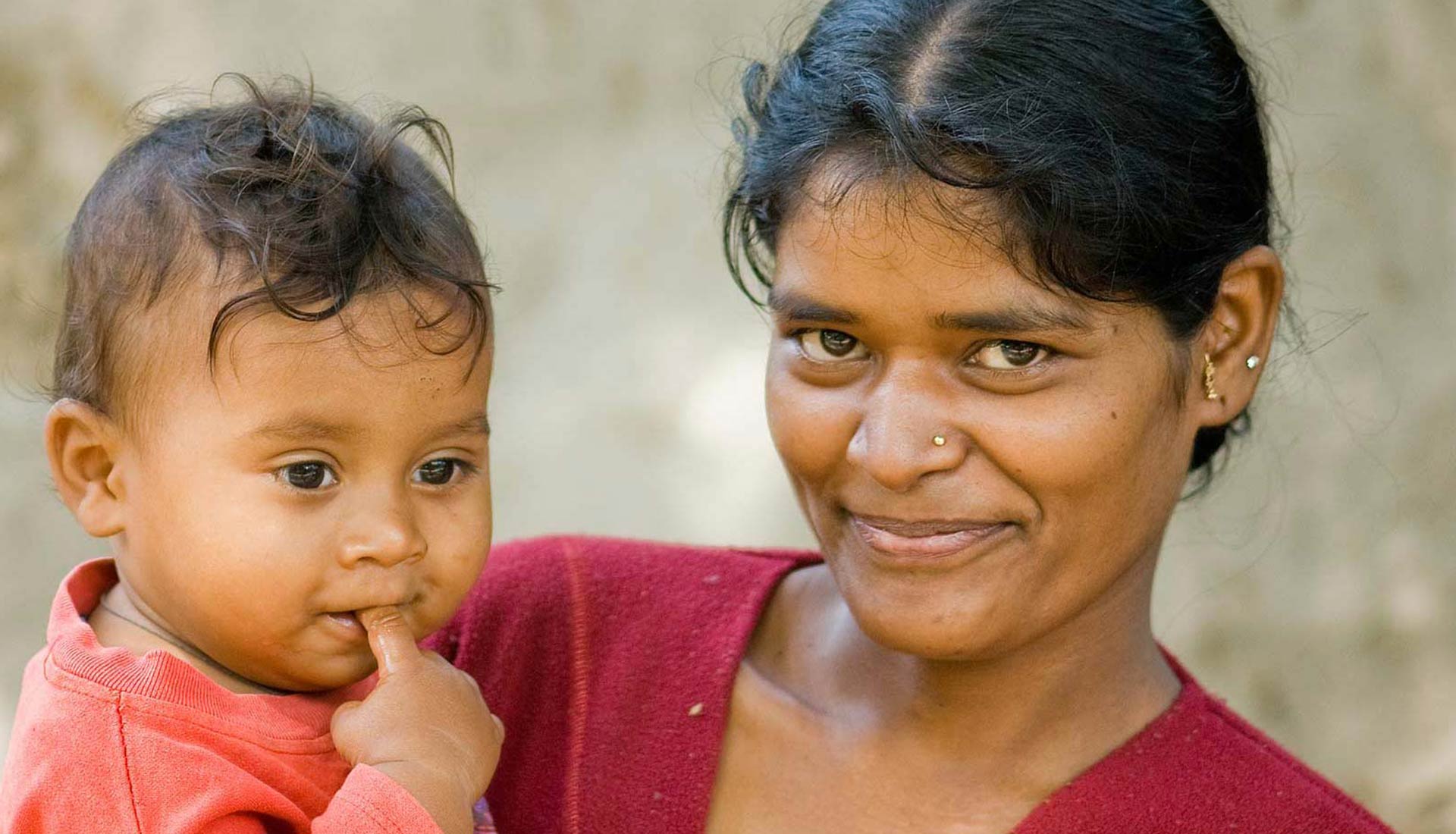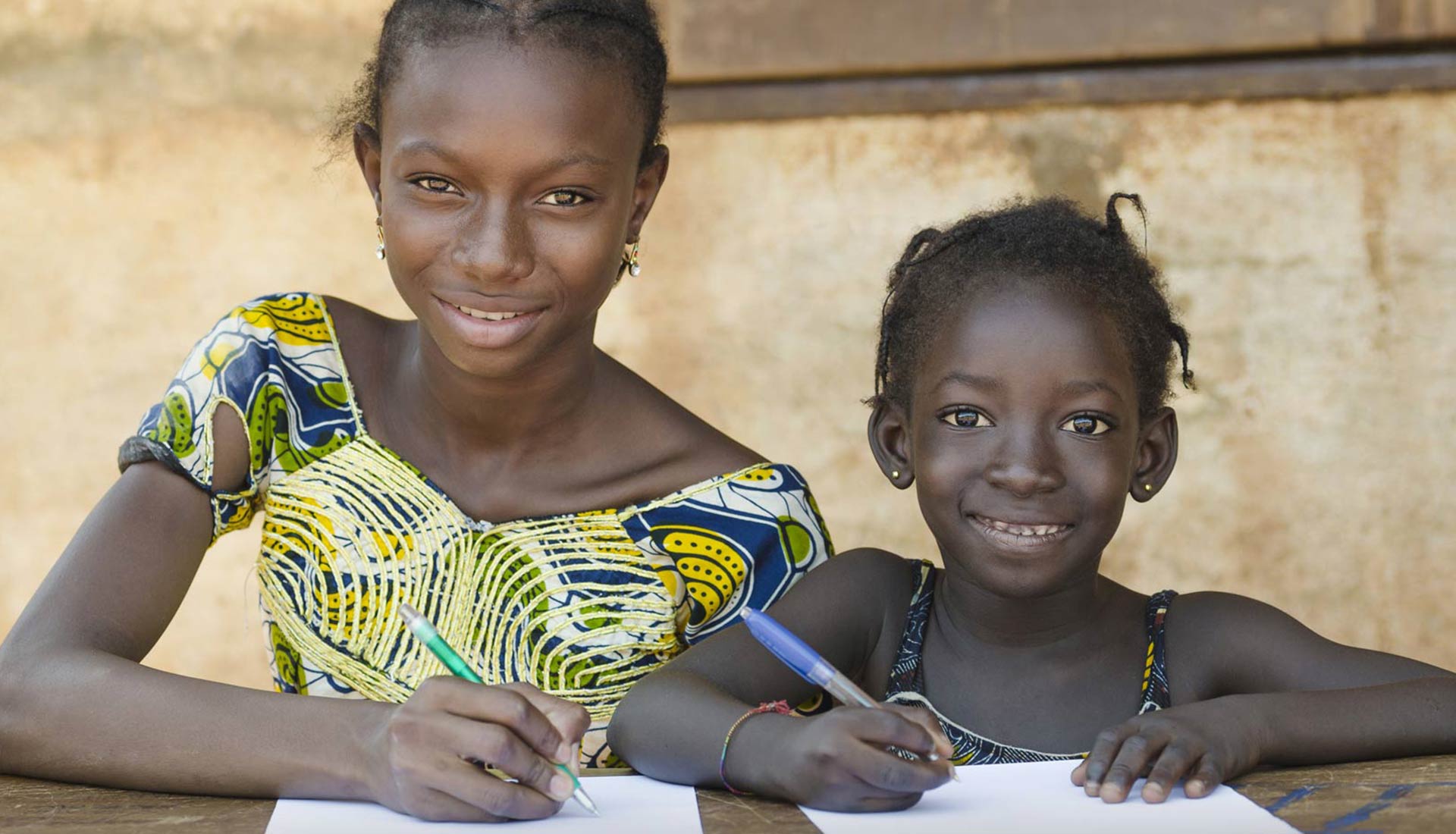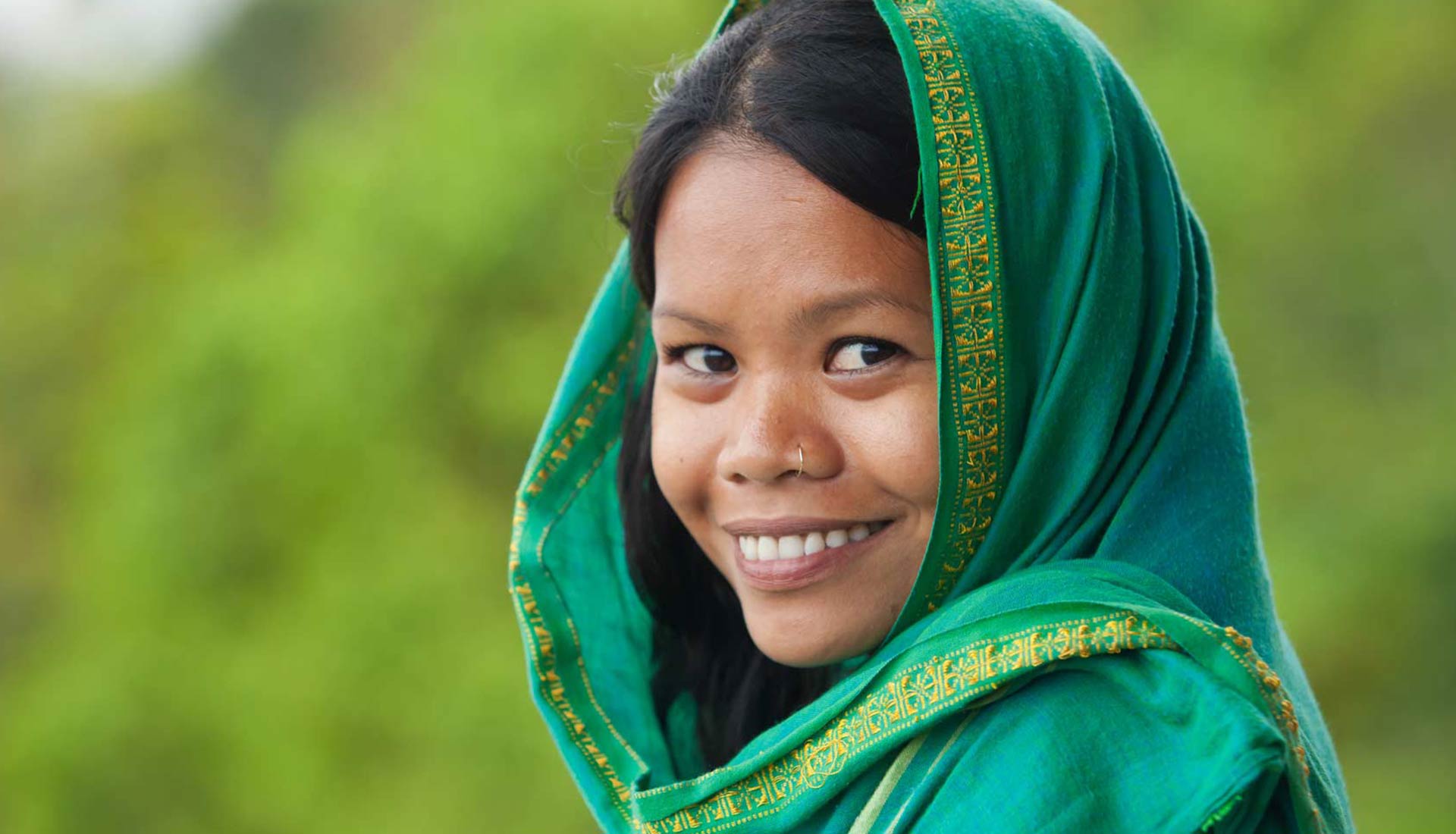UNAIDS + PEPFAR + Partners
In agreeing to the Sustainable Development Goals, the global community set an ambitious target of ending the AIDS epidemic by 2030. To reach this target, children, adolescents and young women need a super-fast-track approach to access HIV prevention, treatment, care and support services. This approach holds the potential to end the AIDS epidemic among children, adolescents and young women by 2020.
is about galvanizing global momentum around a shared and ambitious agenda. Led by the Joint United Nations Programme on HIV/AIDS (UNAIDS) and the U.S. President’s Emergency Plan for AIDS Relief (PEPFAR), Start Free, Stay Free, AIDS Free brings together a coalition of partners to build on the tremendous progress achieved under the Global Plan towards the elimination of new HIV infections among children by 2015 and keeping their mothers alive (Global Plan). Start Free, Stay Free, AIDS Free provides a roadmap for the urgent work ahead, elevating and amplifying key initiatives that are already accelerating progress for children, adolescents and young women. These include the DREAMS Partnership, the Accelerating Children’s HIV/AIDS Treatment (ACT) Initiative, All-in and many others.

Every child deserves an HIV-free beginning. The Global Plan spurred remarkable progress, reducing new HIV infections among children by 60% in 21 of the highest burden countries in sub-Saharan Africa. Yet, the job is far from done. In 2015, 110 000 children were newly infected with HIV in these 21 countries, and 150 000 worldwide. Elimination of new HIV infections among children is possible. It starts with preventing new HIV infections among women. It also requires a special focus on initiating pregnant women living with HIV on lifelong antiretroviral therapy and ensuring that breastfeeding mothers are retained in care during the breastfeeding period.
Eliminate new HIV infections among children by reducing the number of children newly infected to less than 40 000 by 2018 and 20 000 by 2020
Reach and sustain 95% of pregnant women living with HIV with lifelong HIV treatment by 2018

When children have an HIV-free start, we must support them to stay that way as they enter adolescence and age into adulthood. This requires an intensified focus on reaching and empowering adolescent girls and young women. It also requires an emphasis on reducing the vulnerabilities of adolescent girls and young women by engaging men and boys, as well as ensuring young men have access to effective prevention services, including voluntary medical male circumcision. Globally, 390 000 adolescent girls and young women are infected every year, and in sub-Saharan Africa, girls account for 75% of new annual HIV infections among adolescents.
Reduce the number of new HIV infections among adolescents and young women to less than 100 000 by 2020
Provide voluntary medical circumcision for HIV prevention to 25 million additional men by 2020 globally with a focus on young men ages 10-29

Everyone who is living with HIV should have access to antiretroviral treatment to stay AIDS free and reduce their risk of onward transmission to an uninfected partner. Children and adolescents are easily left behind and the impact is devastating. Without treatment, children born with HIV are particularly vulnerable; 50% of them will die before their 2nd birthday, and 80% will die before age 5.
Provide 1.6 million children (0-14 years) and 1.2 million adolescents (15-19) living with HIV with antiretroviral therapy by 2018
Provide 1.4 million children (0-14) and 1 million adolescents (15-19) with HIV treatment by 2020
The Start Free, Stay Free, AIDS Free targets are ambitious but reaching them is essential to ending the AIDS epidemic among children, adolescents and young women by 2020. The world has made enormous progress in reducing new HIV infections and AIDS-related deaths among children, but critical gaps remain, and progress has lagged behind for adolescents and young women. The window of opportunity to reach children, adolescents and young women is narrower than of adults, as they are more likely to die of AIDS-related causes without immediate access to HIV treatment and prevention services. The global community must super-
fast-track its efforts in order to meet these urgent needs, and change the trajectory of the epidemic once and for all.